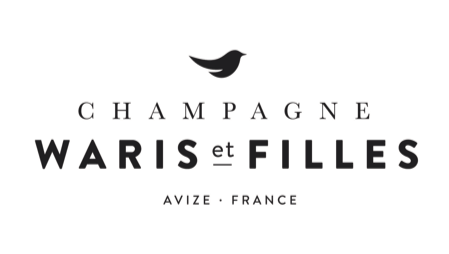
Virginie and Bertrand Waris own seven hectares of vineyards across Champagne, making small production wines from a majority Pinot Noir from Sézannais, Epernay and Aube. As the fourth generation of the family, their practices are well established in making grower Champagne. Based in Avize, the property is a stone's throw from both Agrapart and Selosse, the celebrity growers in the village. Bertrand - who studied viticulture - has a clear passion for vineyard work and clarity of expression in the wines, but the Waris name remains relatively under the radar, the wines therefore offering good value for money. Waris have made Farr Vintners' "Ville de la Reine" label for fifteen years, so it was about time for me to visit the property and get a greater understanding of the wines and the philosophy behind them.
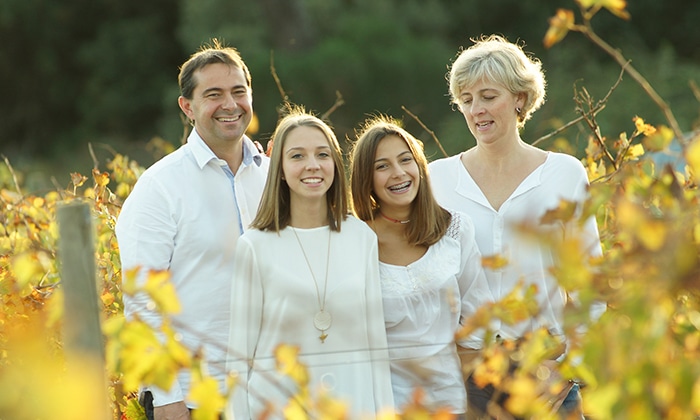
Driving into Waris et Filles the picturesque yet modest château gives an immediate impression of a family business with history but not pretention. This is a working home for the Waris family, Bertrand coming out of through the front door and inviting me up the stairs to a relaxed tasting room so that we can sit and discuss the wines at leisure, together with Virginie. They both speak passionately but practically about the wines and their vineyards, commenting on some of the eye-wateringly expensive wines in the surrounding villages and how, at times, this can be in contrast to the management of the fruit they grow or buy. We tasted the latest disgorgements across the range, save for the millésime which is not yet ready to be shown. Both Bertrand and Virginie extol the virtues of translating high quality fruit into the glass, eschewing prolonged ageing on lees in bottle or oxidative handling that can create impressive but stylised wines.
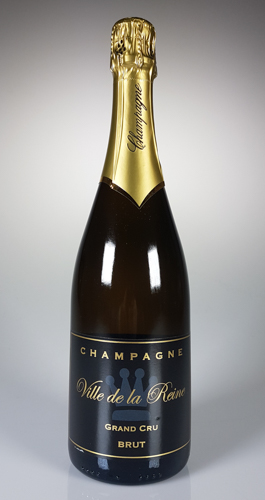
This philosophy translates to the glass across the range. Our focus has always been Les Prémices, which is labelled as Ville de la Reine for Farr Vintners. This Blanc de Blancs from Grand Cru vineyards is bottled under DIAM now, as with the other wines. Consistency of ageing from bottle to bottle is the primary concern, rather than fear of cork taint.
Dosage was not a big discussion for any of the wines here, but the additions made are purely to bring the wine into balance with no perceptible sweetness. For Ville de la Reine, it typically falls around 5g/l and always inside the Brut range. The current release is 75% 2018, 15% 2017 and the remainder 2019, disgorged in the summer of 2022. The fruit comes from Avize, as well as a little Cramant and Chouilly. The wines are worked on the lees in tank before the secondary fermentation, adding textural richness while preserving the fruit.
The resulting wine therefore has a creamy texture without strong brioche or toasted cereal tones. On pouring it is bright and pale with a lively mousse. Bright fruit bursts through on the nose, with a light curd-like profile and the slightest hint of fresh bread. Youthful and fine, this is intense and floral on the palate, showing passion flower and ripe stone fruit together with fine citrus. It will certainly improve with a year or two in bottle, mellowing into a fruit-led but creamy style. There are no issues in ageing it further - personally I prefer most non vintage Champagnes to be aged between three and five years, buying in advance and attempting to keep my hands off the wine until it reaches this optimal range. It becomes easier with time, as the reserve stocks build nicely to offer a perfect rotation of more mature stock. At this point the bubbles are persistent but less aggressive, the fruit still bright but mellowed like the mousse, and the savoury complexity lingers on the finish. When I mention this to Bertrand, he warmly agrees this is the best thing to do with the Waris wines.
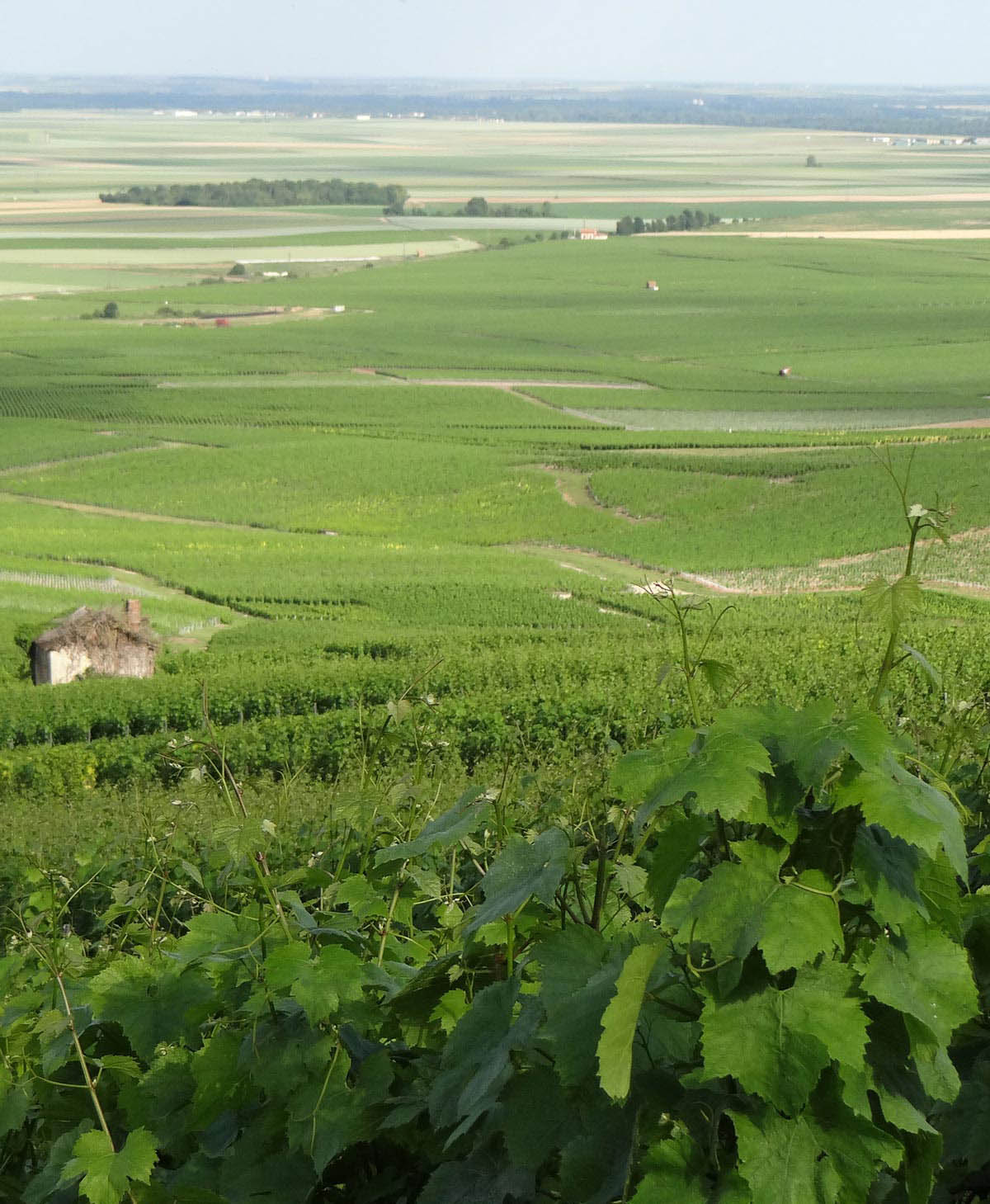
The full range shows real consistency in philosophy with varied bottlings. L'Heritage is a blend of Chardonnay from Sézanne and Pinot Noir from Aube. The bottle we taste was only disgorged in June (as with most of the wines we tasted), and comes from a blend of 2018 Chardonnay and 2019 Pinot Noir. Despite the recent disgorgement the wine bursts with primary aromas, offering a clean, crisp, vibrant and approachable style.
The Blanc de Noirs is quite a different expression and highlights the transparency from fruit to glass that Waris are trying to convey. 70% from the Aube, you feel the weight and richness of fully ripe Pinot Noir here. This is a blend of 2018 and 2019 vintages, and the rounder, plumper style is showcased here.
La Cardinale, a brilliant Blanc de Blancs from 2015 and 2014, marries the fruit profile of the house with slightly longer ageing, the 2014 in oak barrels. Demi muids are used to preserve fruit expression. Grand Cru sites from Cramant form the blend of this wine. Rich, smoky and dense, the fruit and spice have a brilliant interplay. Textural yet fresh, this should age wonderfully for a decade or more.
The Rosé is made in a Saignée method with a deep colour. The desire is to make a wine that is an unashamed rosé, from fruit always intended to be used as such rather than by blending out wines as so many other Champagne houses too. This is full of grenadine and raspberry, a delicious but dry style that is much more characterful and interesting than the majority of pink wines produced in the region.
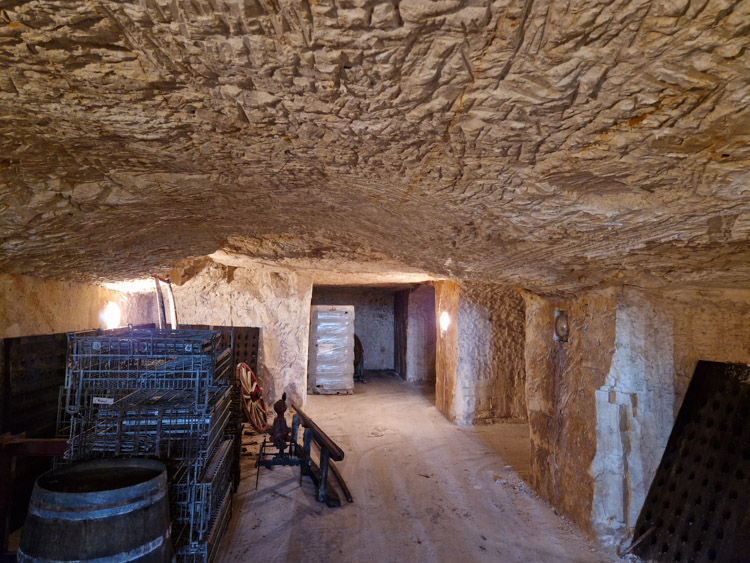
After the tasting Bertrand and I hopped into his van to tour some of their surrounding vineyards and see the separate winery and chalk cellars. Parcels are carefully managed but not manicured, there is a clear desire to allow the vines to grow as intended where possible. At the moment, Waris are practicing largely organically and look to convert some if not all their parcels with certification, understanding that without something concrete on the label their words don't carry the same weight. Bertrand points out that his uncle's vines, and other branches of the family, lie adjacent to theirs - the family history runs deep in the rolling hills that surround Avize. The winery is functional and clean - not intended to be beautiful for passing tourists but practical for the team to make the wines to the highest standards.
The chalk cellar does have real charm - it was hewn out of the bedrock by hand, and you can see the individual pick-axe marks in the cieling. Perfect for secondary fermentation and bottle ageing, says Bertrand, but the damp is a nightmare for labels and wooden structures alike. Through the course of the morning we discussed much of the current market in Champagne and beyond - the positive trend towards more grower champagnes but the issue with high pricing of many young and relatively inexperienced producers, the changing climate's risks and rewards, the market for Champagne and how pricing has quickly changed in the last two years.
Bertrand is a curious, inquisitive man, keen to express his own opinions but equally interested to learn more about the market our side of the channel and what Waris might do to improve the awareness and image of their wines. His daughters, the "filles" of Waris, follow in this outward-looking philosophy. Both are currently studying and working away from Champagne. The intention is that the eldest will soon return home and keep the family tradition alive. Unfortunately as we returned to the château I glanced at my watch and realised I needed to make good speed to catch the train home. I sped away from Avize with Virginie and Bertrand waving in the rear view mirror, and a much better appreciation of the wines they produce. The wines are unpretentious and finely balanced, conveying a sense of place with a bright house style focused on fruit expression. They are well worth having in the cellar and continue to offer value in a region where prices have risen to a level where drinkers think twice before popping the cork.